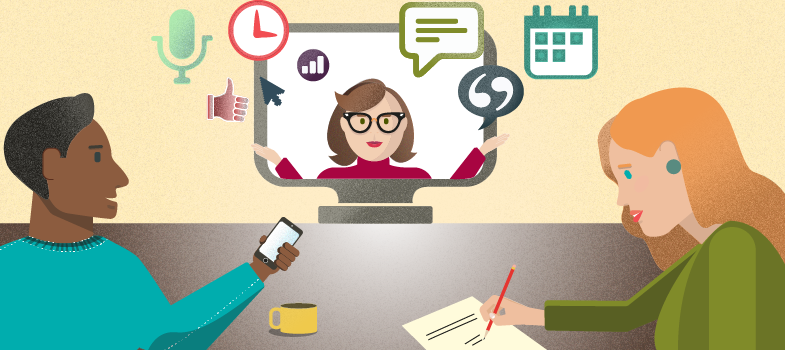Using email safely
Here are some things to consider that will help keep you safe from scammers and spammers:
![]() DO NOT open emails you suspect are scams.
DO NOT open emails you suspect are scams.
![]() DO NOT forward emails you suspect are scams.
DO NOT forward emails you suspect are scams.
![]() DO NOT open attachments from unknown sources.
DO NOT open attachments from unknown sources.
![]() DO NOT respond to emails from unknown sources.
DO NOT respond to emails from unknown sources.
![]() DO NOT make purchases or charity donations in response to emails.
DO NOT make purchases or charity donations in response to emails.
It is better to be safe than sorry, so if in doubt, delete the email or contact the person or organisation the email claims to be from. If you are suspicious of an email, you can check if it is on a list of known spam or scam emails that some internet security vendors feature on their websites.
Instead of clicking on links in the suspected email, it may be possible to roll your mouse pointer over the link, without clicking, to reveal its true destination. This will be displayed in the bottom left corner of your screen. If the web address (URL) is different from the content of the email, it suggests the email is suspicious.
If in doubt, check the URL
Symantec, an internet security firm, has a ‘WebPulse site review request [Tip: hold Ctrl and click a link to open it in a new tab. (Hide tip)] ’ feature that allows you to paste in a suspicious URL to check if it is malicious.
Typically, scammers send the same email to thousands of people. Other people’s email addresses are valuable to scammers. To protect people you send emails to, use the ‘Bcc’ (blind carbon copy) box for multiple recipients instead of the ‘To’ or ‘Cc’ box. This means there is less chance of your recipients receiving phishing or spam emails if your email falls into the wrong hands. When forwarding or replying to an email message, it’s a good idea to delete the multiple email addresses from previous messages that might appear in the ‘To’ or ‘Cc’ boxes.
Phishing emails
